Canyon introduces the new Spectral, which is one of the most multi-purpose bikes on the market. Since the previous model was unveiled in 2021, I have used it assiduously: long alpine rides, bike park days, weekends in Finale Ligure with shuttle service, and a lot of day rides on the hote trails. The Canyon Spectral 2024 hasn’t been overhauled, partly because it didn’t need to be, but it has undergone some interesting changes and is slightly heavier, but let’s go in order.
The model being presented today is the CF, that is, the carbon one. So it is not quite comparable to the Spectal CFR that I used until the other day, in terms of weight (there were 300 grams of difference between CF and CFR in frame alone), but this new one in size L and mullet format stopped the needle of our scale at 14.8kg without pedals, compared to 14.3 of the CF 29/29, which I had tested here. That it gained weight can be seen with the naked eye, as the front triangle is much more massive than before, and this is mainly due to 2 factors:
- storage compartment in the down tube with related reinforcement of the frame.
- K.I.S. system found on all Spectral CFs (details on what it is and how it works here ).
To make it fit, Canyon had to widen both the top and downtube. On a design level, the new Spectral is a beauty, particularly the LTD “Anti Matter” model you see here, but on a practical level, has anything changed? Find out in the video (in Italian), or read the text below.
Geometry
At first glance the Canyon Spectral has not changed geometrically: same head angle, same seat angle. Beware though that it definitely changes the reach for each size, so much so that the L, the one I use, went from a 485mm reach to a 500mm reach. I thought it was too big for me, but instead I have been comfortable with it since the saddle position remains compact. I still recommend following their sizing guide: if I could, I would probably get an M. I am 179cm tall and have a saddle to bottom bracket distance of 74cm.
The mullet-sized chainstay is 429mm long, which becomes 437mm if you turn the flip chip to fit the 29-inch wheel. The new Canyon Spectral is thus more chameleon-like than the old one.
Canyon Spectral CF on the trail
The kinematics remained similar, but not the same: Canyon decreased the anti-squat slightly, which keeps uphill rideability excellent even with the shock open but increases sensitivity to small bumps and the linearity of the suspension. It remains well supported at mid-stroke and progressive at end-stroke, and it should be noted that the travel has dropped to 140mm at the rear and 150mm at the front, down from 150/160 on the previous model.
For me, a big difference should have been made by the 27.5″ wheel at the rear: I expected less traction and more difficulty in keeping the front end glued to the ground on steep climbs, but this was not the case, so much so that I did not regret the 29″. I’ll try it out in the future, but for now I’m happy as it is, partly because it’s easier to pump the bike over obstacles.
While the extra weight can be felt on the uphill, on the downhill the Spectral has become even better not only because of the suspension, but especially because of the K.I.S. While I was very skeptical about this system and the benefits it would bring at first, by adjusting it to the maximum tension I noticed how the steering became much more stable when needed, i.e., in rocky sections and in fast turns. I noticed this by switching from a bike with to one without K.I.S. on the same trails: in the second case I needed more strength in my arms to steer the bike, and in general the bike felt more nervous.
Tensioning the K.I.S. is very easy: just move the plastic plate that is on the top tube forward or backward, unscrewing it and screwing it in with an Allen wrench of 4. This is also doable on trail, using the multitool that is under the top tube itself.
So we come to the second point, the storage compartment. It has a very functional and easy-to-use locking system: just lift the left side of the plastic hull to open it.
Since the down tube is nice and big, the compartment is very roomy, large enough to fit a jacket in (Canyon has developed a specific “Spectral” jacket). However, the hole is short, and a pump with a decent volume will not fit in it (see video). Reason why the supplied case has pockets for CO2 cartridges. Eventually the pump can be attached under the top tube, as there are two holes for a possible pouch.
Back to the riding feel: Canyon says it has decreased the size of the rear chainstays to make them less stiff. I have some doubts about this statement, because I never felt that the old Spectral had an overly stiff rear triangle. Rather, I think they wanted to save weight to counterbalance the fattening of the front triangle. The fact remains that the rear triangle is just the right amount of stiffness on the new Spectral as well, and that there is 3 mm more heel clearance.
The new Spectral is very quiet, thanks to a guided internal cable routing and a very genersous chain protection located on the lower right chainstay. It’s also worth mentioning that the new SRAM AXS T-Type drivetrain keeps the chain very tightly tensioned, decreasing its rattling. On the Spectral CF LTD we find the XX version with a carbon crankset. Fantastic in its operation under stress and very sturdy thanks to the lack of a rear dropout.
The cockpit is clean, partly due to the wireless transmission, and most importantly we don’t find cable routing in the headset. From the photo above you can see that you can run them through the frame and still maintain an attractive look and most importantly forgo the plasticons on the headset and complications in maintenance. Bravo to Canyon!
The brakes are SRAM Code SRCs, thankfully with HS2 discs. 2mm thick and with a completely different design than the lousy Centerlines, they make the Code decent brakes, though far from the power of a 4-piston Shimano system.
One of the flaws I had found on the old Spectral was the cable routing holes from the front triangle to the rear triangle: they were unprotected, so dirt and mud would enter the frame and knead the bottom bracket, which required frequent maintenance. I had found a solution by putting a thick protective film to act as a mudguard, on the new model Canyon came up with no less than 2 protectors to solve this problem.
Also on the new Spectral we find the flip chip that lowers or raises the bottom bracket a few millimeters. I have always left it in the Low position without having the problem of pedals hitting the ground.
Canyon probably read my tests in which I complained that, on several products of the competition, a pool was created above the seat tube when washing the bike. To avoid the inconvenience the new Spectral is asymmetrical at that point allowing water to drain to the left side.
In short, is it worth switching from the old to the new Spectral? If I had not tried the new one, I would tell you no, because the old one is still a modern and very multipurpose bike. On the new one, however, the downhill performance is much improved, both because of the modified kinematics and the K.I.S. system, which, after an initial phase of skepticism, has fully convinced me. Some improved details and decidedly competitive prices will make the choice easier.
Canyon Spectral CF prices and builds
Canyon Spectral CF LTD: 6,999€
Canyon Spectral CF9: 4,999€
Canyon Spectral CF8: 3,999€
Canyon Spectral CF7: 3,399€
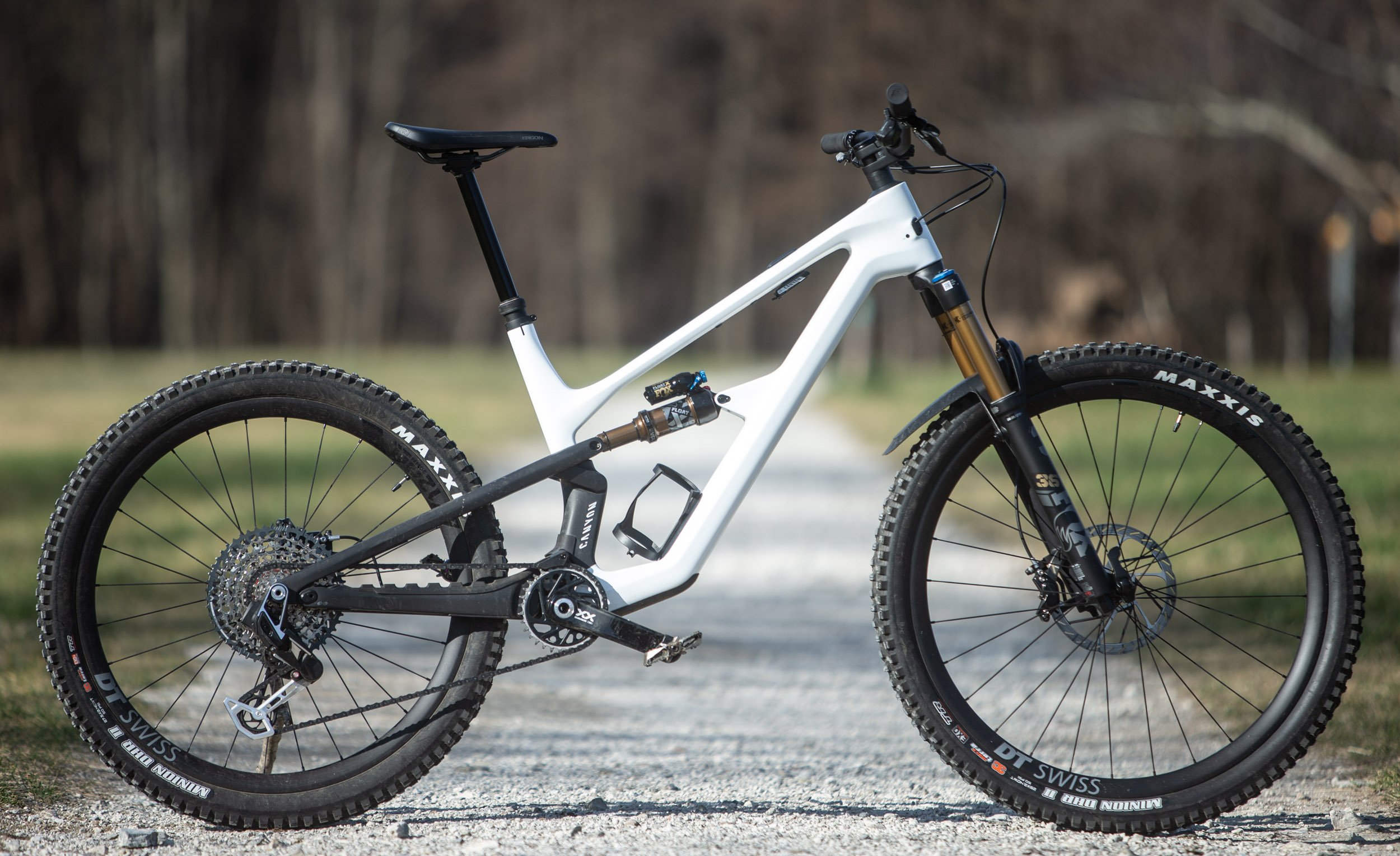



















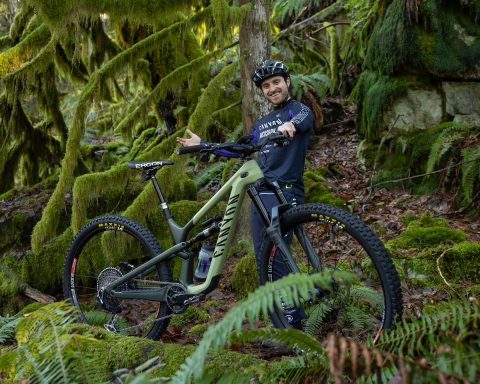






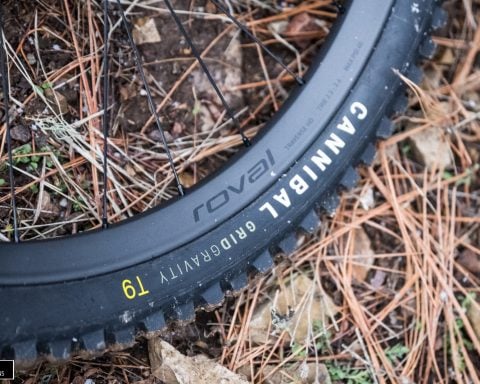
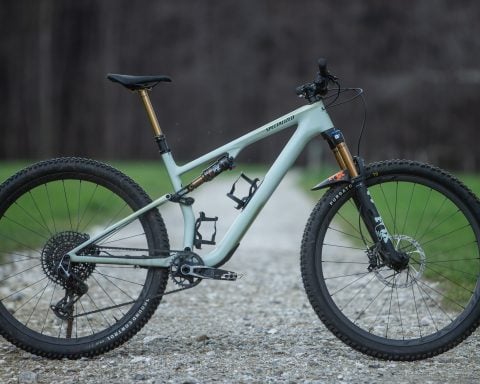
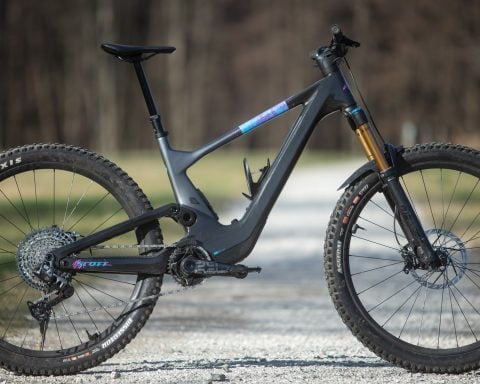
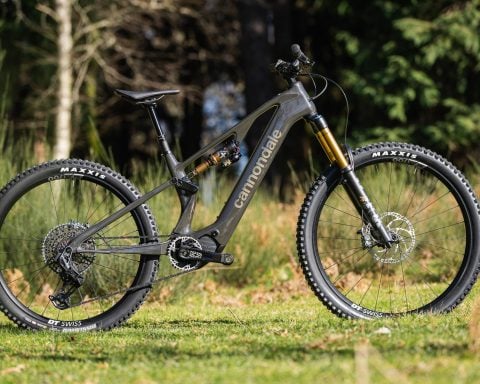
Comments